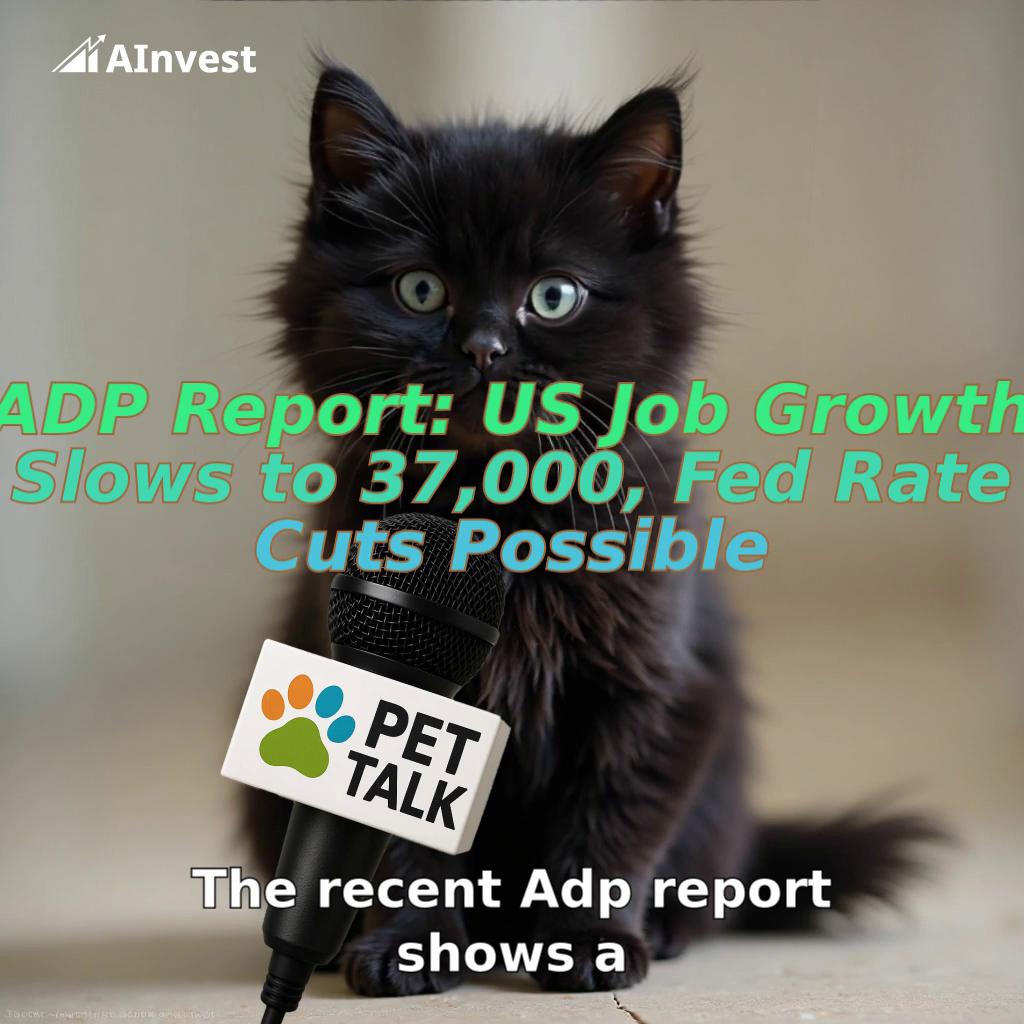ADP: A Payroll Giant, But Still Overvalued?
Automatic Data Processing (ADP) has long been the gold standard in HR and payroll services, offering a stable, recurring revenue model that has made it a favorite among conservative investors. Yet the question remains: Is this stalwart’s stock price justified, or is it perpetually overvalued?
The Valuation Conundrum
ADP’s stock has been a consistent performer, but its valuation metrics have consistently lagged behind its fundamentals. Let’s start with the basics:
The data shows ADP’s P/E has averaged around 30 over the past decade, significantly above the S&P 500’s average of ~20. Even during periods of strong earnings growth, the stock has often traded at a premium, suggesting investors are pricing in above-average expectations.
Compare this to peers like Paychex (PAYX), which currently trades at a P/E of ~25, or even cloud-based HR platforms like Workday (WDAY), which offer similar recurring revenue models but at lower multiples due to higher growth rates. ADP’s premium isn’t just about its size; it’s about whether its growth trajectory can justify the price.
Slowing Growth Meets High Valuations
ADP’s revenue growth has been steadily decelerating, a trend that underscores the overvaluation argument.
The company’s revenue growth has averaged just 4% annually over the past five years, down from double-digit growth in the early 2000s. While this stability is a plus, it’s not enough to sustain a P/E above 30.
Meanwhile, margins have held up, with operating margins around 25%, but these are now near historical highs. There’s little room for further expansion unless ADP can drive meaningful cost savings—a challenge in a labor-intensive business.
The Competitive Landscape
ADP faces threats on two fronts: traditional payroll rivals like Paychex and cloud-native HR platforms like Gusto or BambooHR, which are capturing smaller businesses with simpler, cheaper solutions. While ADP’s scale and integration with large enterprises remain strengths, younger competitors are eating into its market share in the SMB segment.

Management’s Strategy: Innovate or Stagnate?
ADP has made efforts to modernize, including acquisitions like Workforce Now and investments in AI-driven HR tools. However, these moves have yet to translate into meaningful revenue acceleration. The company’s R&D spending as a percentage of revenue remains below 3%, a fraction of what cloud-native peers invest.
The core issue is whether ADP can maintain its premium in a world where investors demand growth. With the stock trading at ~25x forward earnings, even a modest miss on growth could lead to a sharp revaluation.
Conclusion: The Math Doesn’t Add Up
The case against ADP is clear: its valuation requires it to grow at a pace it hasn’t delivered in years. At a P/E of 30, the stock implies ADP must sustain 10-12% earnings growth annually—a bar it hasn’t hit in over a decade. Meanwhile, peers and disruptors offer better value for growth.
Historically, ADP’s stock has underperformed when valuation multiples compress. For instance, in 2016, a 20% drop in the stock coincided with a P/E contraction from 35 to 25 despite stable earnings. Today, with the S&P 500’s valuation multiples under pressure, ADP’s premium looks increasingly vulnerable.
For investors, ADP’s stability is a double-edged sword. While it’s a reliable cash generator, its stock price already reflects that reliability—and then some. Unless management can ignite meaningful growth or return capital more aggressively, the “perpetually overvalued” label may stick for years to come.
The data shows the dividend yield has shrunk to ~1.2%, with payout ratios near 60%, leaving little room to increase payouts without hurting growth investments. For income investors, ADP is no longer a standout.
In short, ADP is a great business, but not a great investment at current prices. The numbers suggest it’s time to look elsewhere for value.


_442a2dcc1749832873286.jpeg)
_e68fac6d1749831664430.jpeg)






